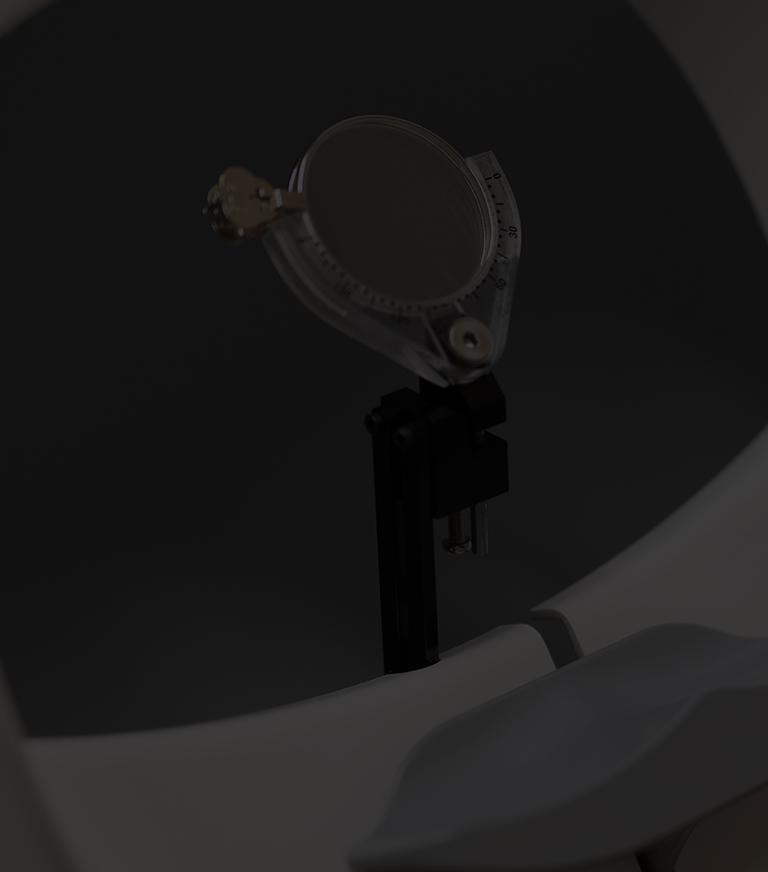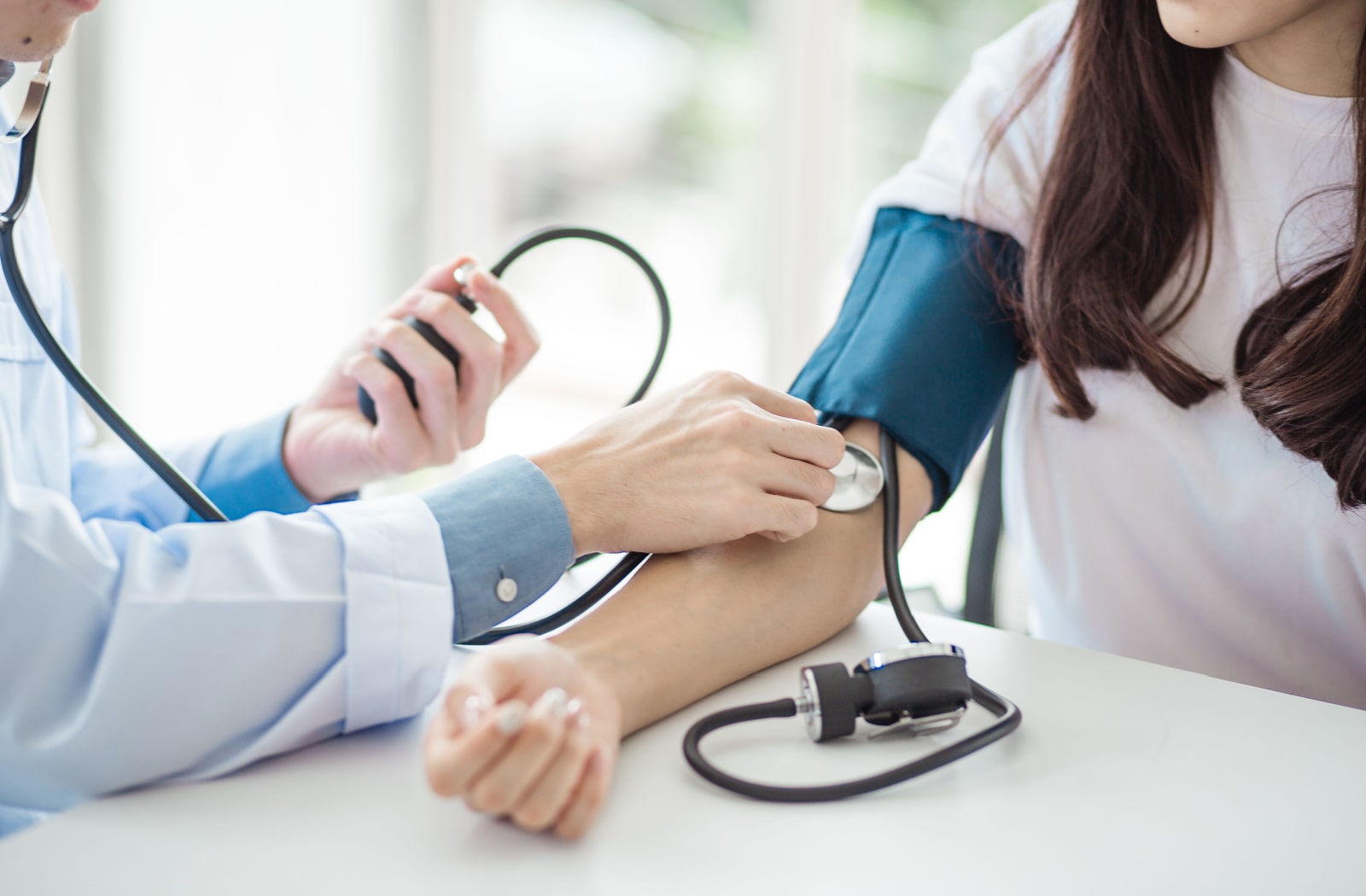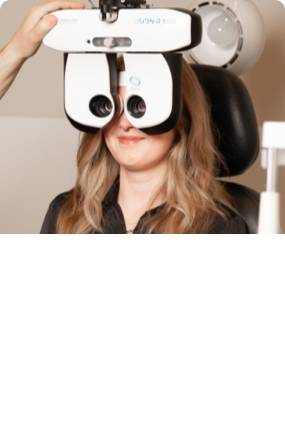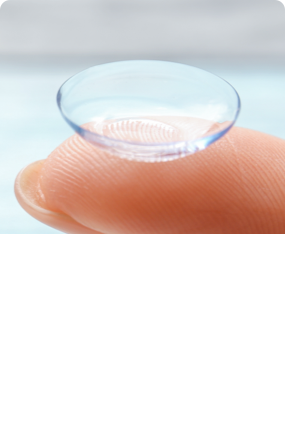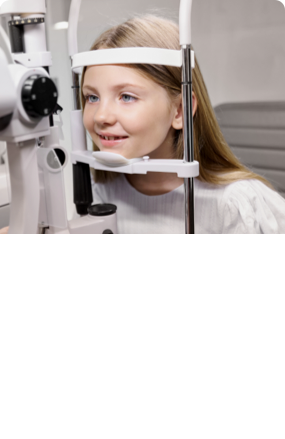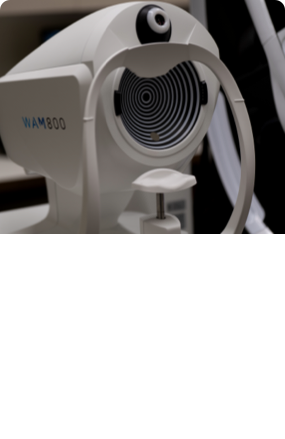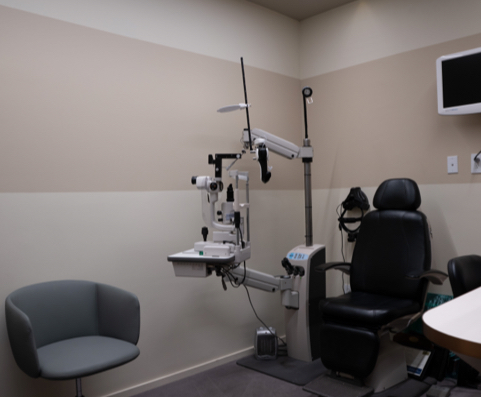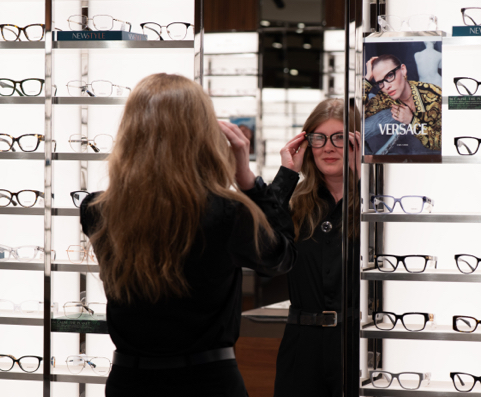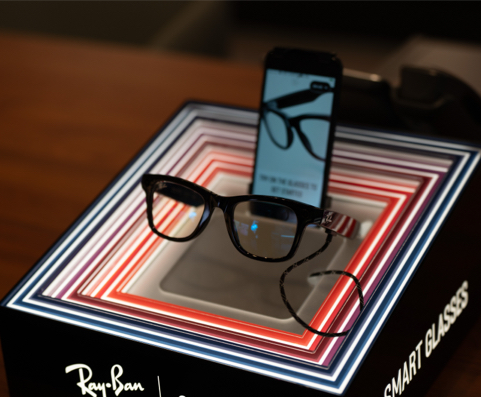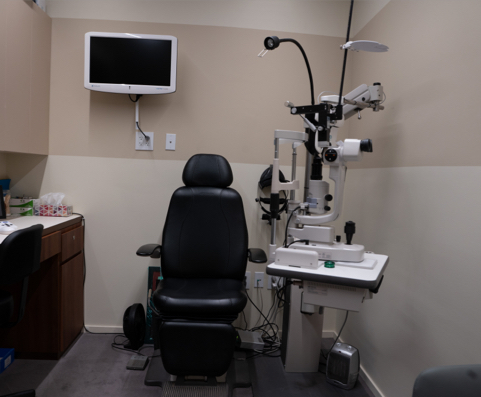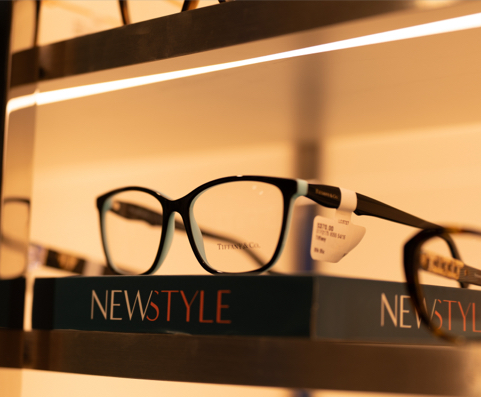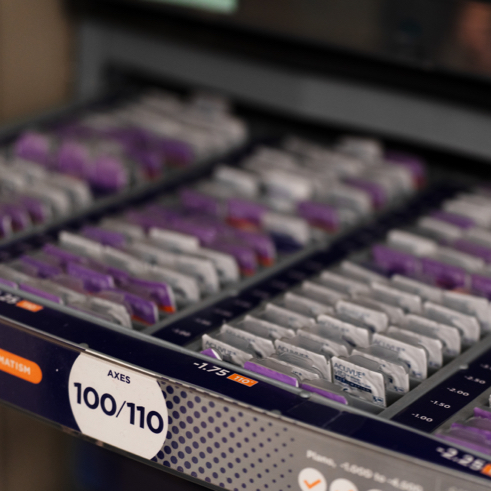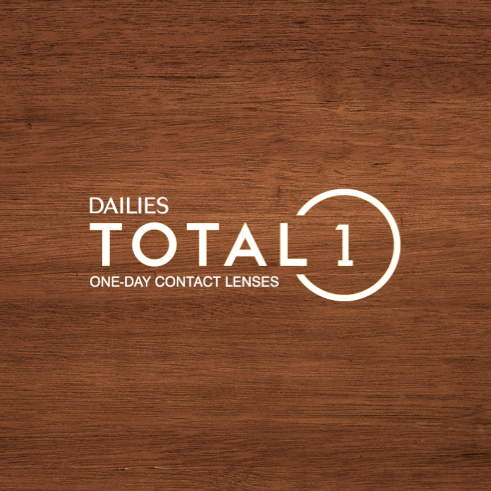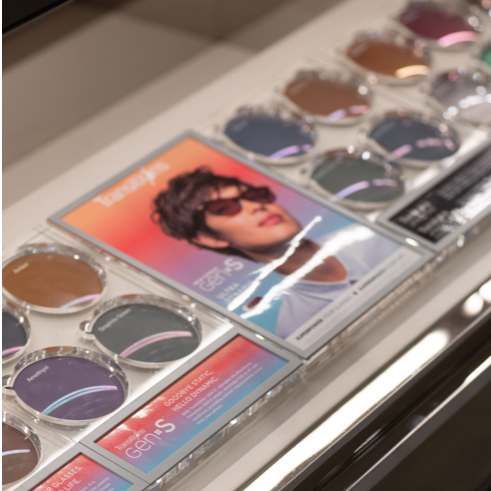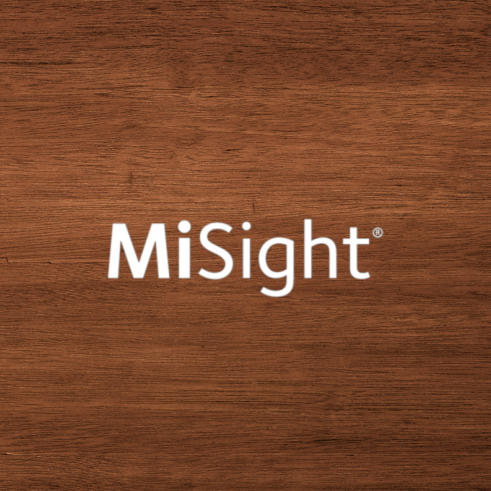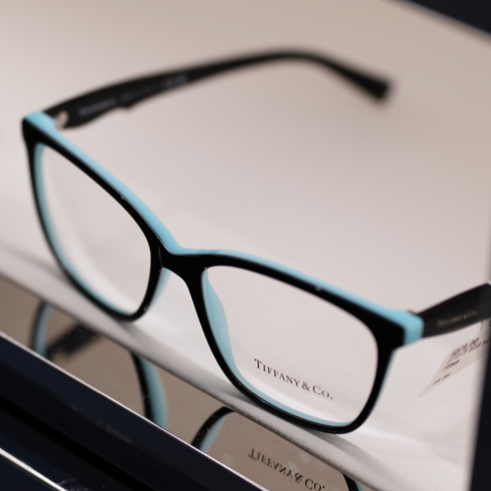High blood pressure, also known as hypertension, is a health condition that occurs when the force of blood against the walls of your arteries is consistently too high, making your heart work too hard.
High blood pressure can have some serious consequences and increases your risk of heart disease, stroke, kidney problems, and other health issues. It can also affect your eyesight and increase your risk of vision problems like hypertensive retinopathy.
High blood pressure and many vision problems develop with little to no symptoms, so regular eye exams are essential for monitoring your eye health and detecting eye conditions early.
During an exam, your eye doctor can discuss the link between high blood pressure and eyesight and provide helpful tips for maintaining healthy eyes and blood pressure.
Blood Pressure & Eyesight
Our eyes are intricate structures. They contain a delicate network of tiny blood vessels that nourish the eyes and ensure they receive the oxygen and nutrients essential for optimal function.
When blood pressure is consistently high, it can damage the blood vessels in the retina, the light-sensitive part of the eye, leading to various vision problems.
Serious eye complications are more likely to occur in those with uncontrolled or severe hypertension, but even those with mildly elevated blood pressure may experience subtle changes in their vision over time.
Hypertensive Retinopathy
One of the consequences of uncontrolled high blood pressure is hypertensive retinopathy. It can lead to vision loss if not addressed.
Symptoms of Hypertensive Retinopathy
The damage to the blood vessels can cause them to leak blood and fluid.
Hypertensive retinopathy usually advances with little to no symptoms until the later stages of the disease. These late-stage symptoms include:
- Double vision
- Dim vision
- Headaches
- Swollen eyes
- Vision loss
Grading the Severity of Hypertensive Retinopathy
There are 4 stages of hypertensive retinopathy, depending on its severity:
- Grade 1: Slight narrowing of the retinal arteries
- Grade 2: Further narrowing of the retinal arteries
- Grade 3: Hemorrhaging of the retina (bleeding in the retinal layer), fluffy white areas, and leaking of liquid and protein plaques out of the retina
- Grade 4: Optical disc swelling (optic neuropathy) and severe vision problems
Hypertensive retinopathy can lead to further complications, including:
- Ischemic optic neuropathy: This happens when there’s a disruption or reduced blood flow to the eyes, which can damage the optic nerve.
- Retinal artery occlusion: This occurs when the arteries responsible for carrying blood to the retina get blocked by clots. This blockage can cause damage to the retina.
- Nerve fibre layer ischemia: The nerve fibres in the retina suffer damage, resulting in the appearance of cotton wool spots.
Risk Factors for Hypertensive Retinopathy
Apart from high blood pressure, other factors that can increase your risk of developing hypertensive retinopathy including:
- Diabetes
- High cholesterol
- Obesity
- Smoking
- Heart disease
- Kidney disease
- Unhealthy diet
- Alcoholism
Diagnosis & Treatment for Hypertensive Retinopathy
Your eye doctor can perform a routine eye exam with tests to assess your eye health. They’ll take detailed images and scans of the inner structures of your eyes to look for signs of hypertensive retinopathy. This technology can include:
- Optomap ultra-widefield retinal imaging: Takes a high-resolution digital photograph of the retina to detect and monitor disease and progression.
- Optical coherence tomography (OCT): Takes cross-section Ultrasound images of the retina and optic nerve to detect and monitor eye diseases.
Hypertensive retinopathy treatment relies largely on managing your high blood pressure. You may be prescribed various ways to do this, including:
- Diuretics
- Beta-blockers
- ACE inhibitors
You may also be encouraged to:
- Quit smoking
- Exercise regularly
- Eat a whole-foods diet
Don’t forget the importance of regular eye check-ups; they serve as your best protection against eye complications before they lead to irreversible vision loss.
High Blood Pressure & Glaucoma
High blood pressure can also play a role in the development of glaucoma, a progressive eye condition that damages the optic nerve and is the second leading cause of blindness worldwide. It’s often dubbed the “silent thief of sight” because it develops with no early symptoms.
Increased pressure in the eye’s blood vessels can also lead to increased pressure in the eyes, which can put undue stress on the optic nerve. However, low blood pressure is also a risk factor for glaucoma because the optic nerve requires adequate blood supply to remain healthy.
Eye Exams Help Protect Your Vision
High blood pressure can cause several health problems, including vision issues. However, with regular eye check-ups, you can catch vision problems early before they progress to irreversible vision loss.
If you have high blood pressure or a family history of high blood pressure and notice changes to your vision, book an appointment with Orchard Park Optometry in Kelowna to monitor your eye health.
